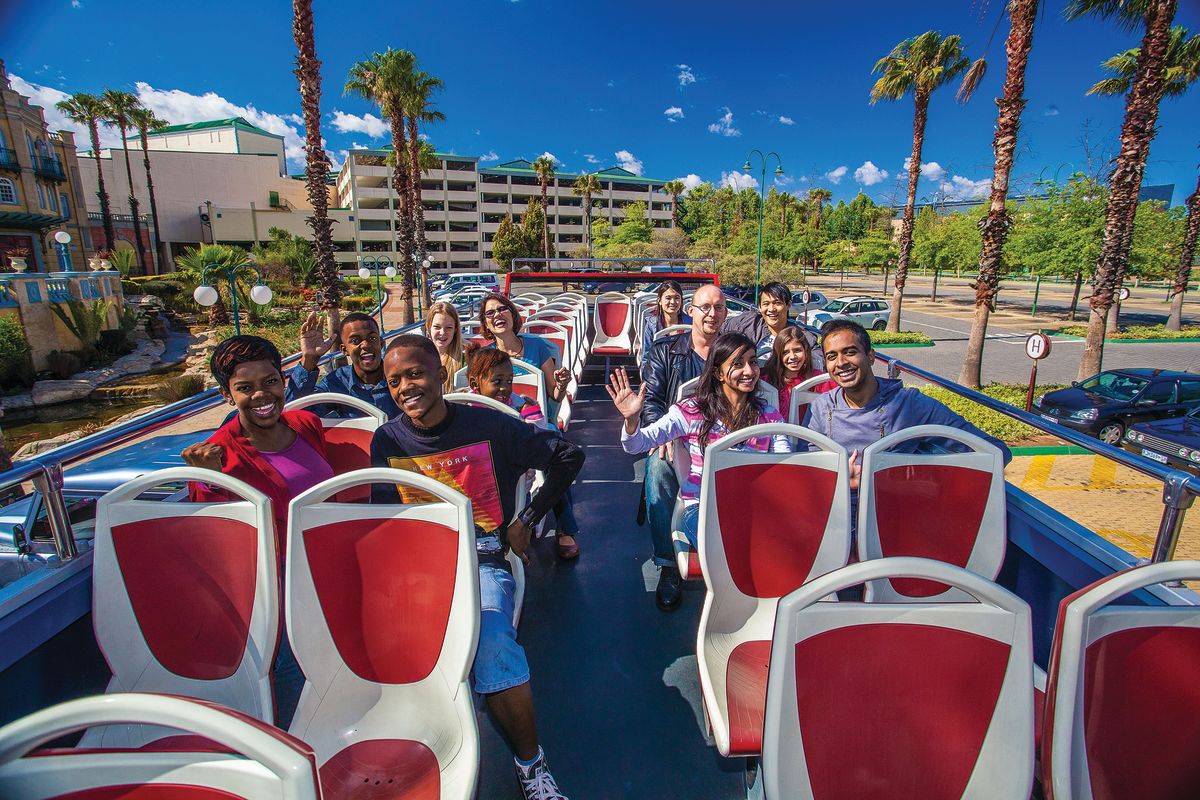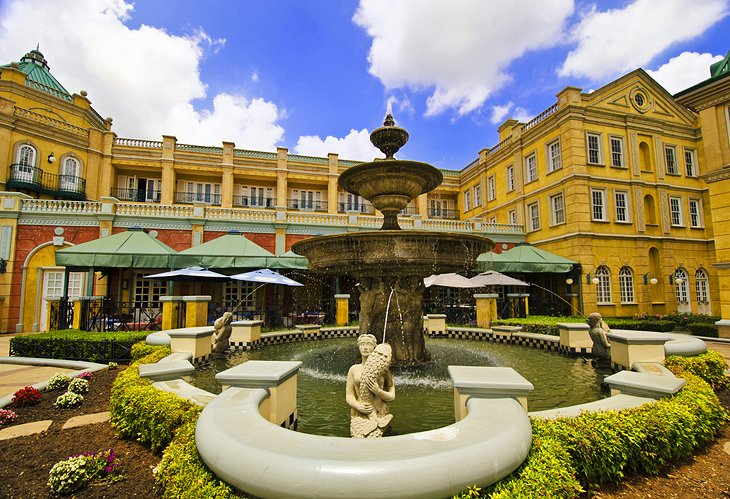Unknown Facts About Johannesburg North Attractions
Unknown Facts About Johannesburg North Attractions
Blog Article
Fascination About Johannesburg North Attractions
Table of ContentsNot known Facts About Johannesburg North Attractions9 Easy Facts About Johannesburg North Attractions DescribedJohannesburg North Attractions Can Be Fun For EveryoneGet This Report about Johannesburg North AttractionsNot known Facts About Johannesburg North AttractionsThe Johannesburg North Attractions Diaries
The city owes its location to the presence of a a lot more precious source: gold. The city expanded on the edge of the Witwatersrand Main Reef, a subterranean stratum of gold-bearing quartz-silica corporation that arcs for numerous miles beneath the Highveld. The majority of the gold mines in the city stopped operation in the 1970s, but in its day the Witwatersrand gold market accounted for greater than 40 percent of the world's annual gold production.Johannesburg has a pleasant environment. Summer temperatures balance about 75 F (24 C); winter months temperatures average concerning 55 F (13 C) and just occasionally dip below freezing. The city enjoys regarding 8 hours of sunlight each day in both winter season and summertime. Rain standards regarding 28 inches (700 millimetres) per annum, yet the overall differs significantly from year to year.
What rain the city receives drops virtually exclusively in the summer months, typically in stunning late-afternoon electric tornados. Air pollution presents a considerable problem, especially in the cold weather, when thermal inversions hamper the westward flow of air from the Indian Ocean. Pollution is most extreme in the densely settled Black towns on the city's perimeter, where several citizens still rely on coal for gas.

Top Guidelines Of Johannesburg North Attractions
The balance of the city is inhabited by whites. Lodging varies in character and high quality.
Physical development, although somewhat limited by transportation, proceeded quickly as migration to South Africa, and Johannesburg specifically, enhanced drastically. This trouble was fixed in the 1930s when the auto was introduced in mass production to South Africa. Vehicles were, essentially, constrained to the affluent, and permitted them to transfer to the north of the city and commute right into the centre.
A lot of poor suburbs were mixed, with bad blacks and whites living together, although the wealthy residential areas were normally scheduled for whites.
The estimated population of the area is basics 200,000, [] The number of individuals living in the internal city on an informal basis is unknown, as numerous are unlawful immigrants. The majority of higher-income homeowners and white people have transferred to the northern suburbs and have been changed by lower-income black individuals. The unemployment, education, and age accounts of the area are all unknown, as a result of the difficulty of acquiring reputable information regarding the location.
The Ultimate Guide To Johannesburg North Attractions
Centred on the CBD, the area includes the residential areas of Yeoville, Bellevue, Troyeville, Jeppestown, and Berea to the eastern. To the west it spreads to Pageview (Johannesburg North attractions) and Fordsburg. There are small enterprise zones to the south, such as City West-Denver and Benrose. Around 800,000 travelers pass with the central city on a daily basis, and it functions as a local buying node for site visitors from the southerly suburban areas. Yeoville and Bellevue have a mix of apartment and solitary domestic units on small whole lots. The area lies on a mountainous divide that ranges from eastern to west. One of the most conspicuous geographic function is Observatory Ridge, which is named for the large observatory situated on it. The leisure rooms are no longer made use of, because of security issues.

Some Known Details About Johannesburg North Attractions
R. Tambo International Airport Terminal). The eastern suburban areas are several of the oldest locations of Johannesburg, there are large neighborhoods of Jewish and other European histories, the bulk of the populace is English speaking. There are three golf links as well as a number of safeguarded ridges with viewsites. There are a number of strong and up-market enjoyment and buying locations in the east such as the Eastgate Shopping Center and the Greenstone click for info shopping center.
Originally built to house male migrant employees, lots of have actually been enhanced as homes for couples and families. The suburb was not traditionally allowed to create work centres within the location, so nearly all of its locals are commuters to various other parts of the city.
Top Guidelines Of Johannesburg North Attractions
The more tips here N1 Western Bypass connects the northern residential areas with the north-western suburban areas. The houses in the northern suburbs are mostly official, with no substantial areas of casual housing, or housing that does not have a permanent framework. This is a well established location, there is a fad of land use modification from household to commercial, particularly along major arterial roadways and around established nodes.
The area is well connected to road networks, especially along the north-south axis developed by the M1 and N1. Roads to the east and west are less well established, as there are no freeways taking a trip in that direction. Towards the northern border of the city, the density of development lowers, leaving large locations of untaught land around Midrand.
The Buzz on Johannesburg North Attractions
, which is situated on a hill ignoring the internal city and Hillbrow.
Report this page